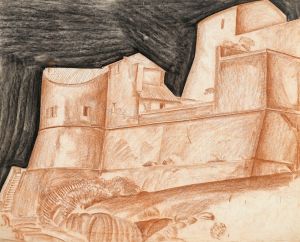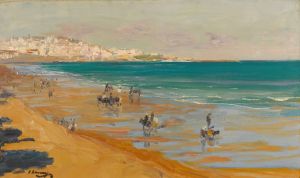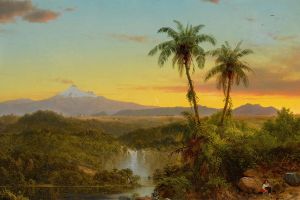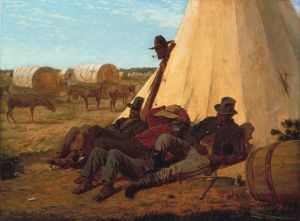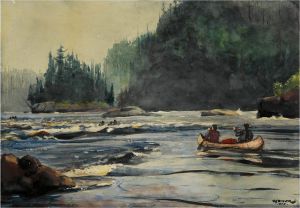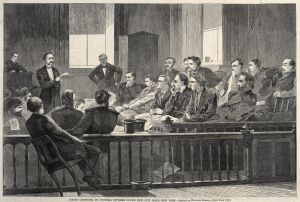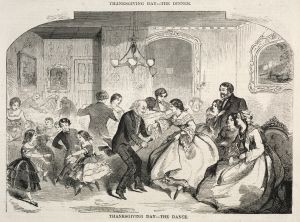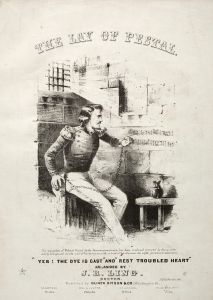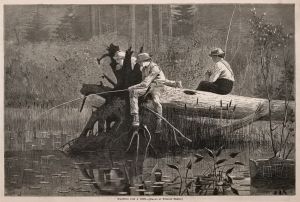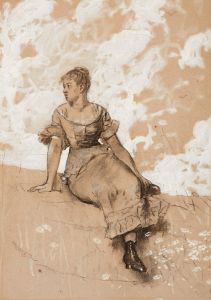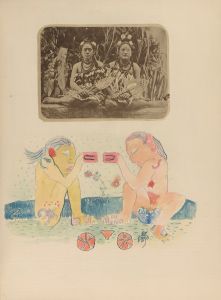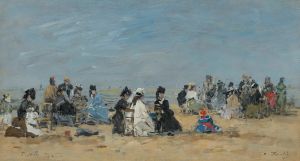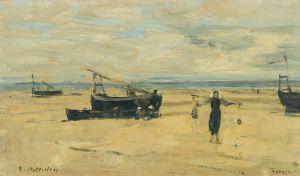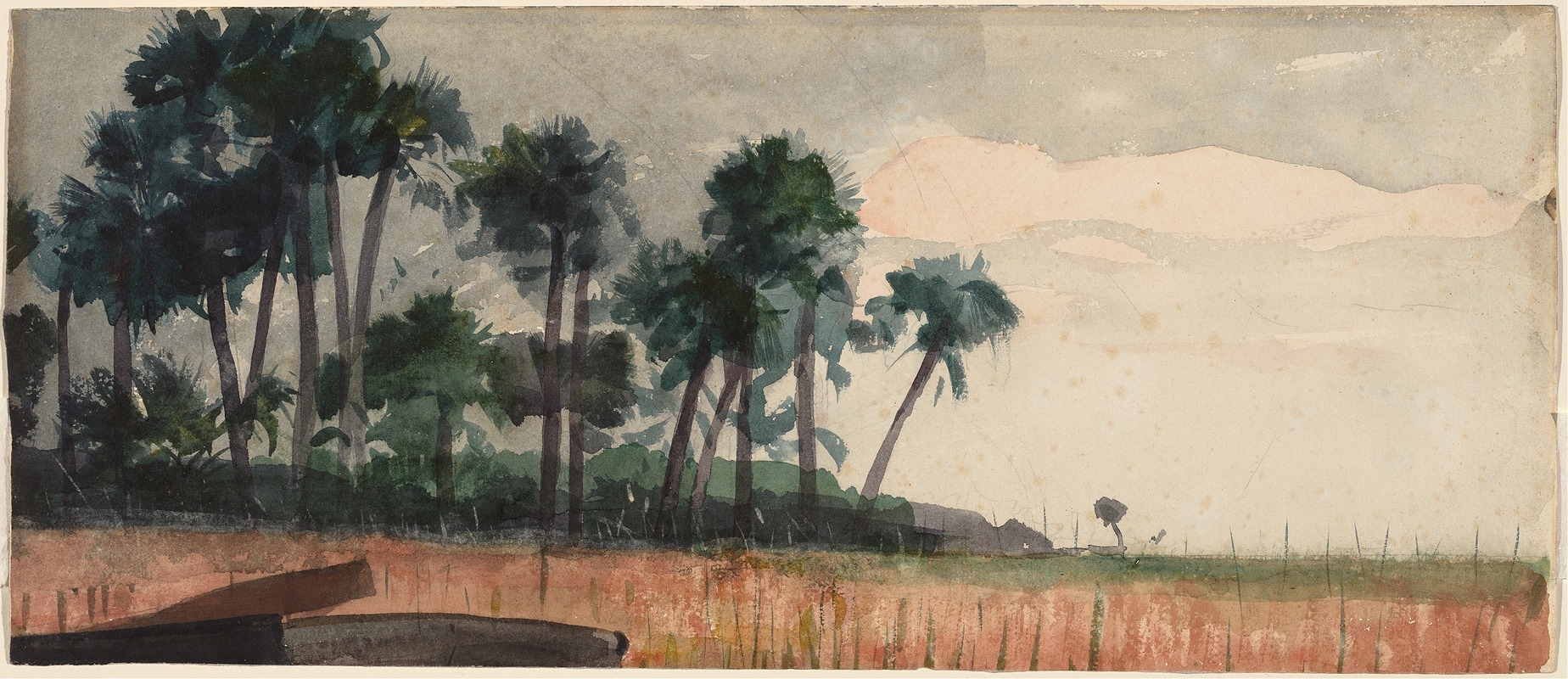
Palm Trees, Red
A hand-painted replica of Winslow Homer’s masterpiece Palm Trees, Red, meticulously crafted by professional artists to capture the true essence of the original. Each piece is created with museum-quality canvas and rare mineral pigments, carefully painted by experienced artists with delicate brushstrokes and rich, layered colors to perfectly recreate the texture of the original artwork. Unlike machine-printed reproductions, this hand-painted version brings the painting to life, infused with the artist’s emotions and skill in every stroke. Whether for personal collection or home decoration, it instantly elevates the artistic atmosphere of any space.
"Palm Trees, Red" is a watercolor painting by the American artist Winslow Homer, created in 1885. Homer is renowned for his marine subjects and his ability to capture the natural world with a keen eye for detail and a profound sense of atmosphere. This particular work is part of his series of tropical watercolors, which he produced during his stay in the Bahamas.
The painting depicts a vibrant and lush tropical scene, dominated by the presence of palm trees. The title "Palm Trees, Red" suggests a focus on the striking coloration of the foliage, which is rendered in rich, warm hues. This use of color is characteristic of Homer’s work during this period, where he often employed a vivid palette to convey the intensity and vibrancy of the tropical environment.
Homer’s trip to the Bahamas in the winter of 1884-1885 marked a significant period in his career. Seeking new subjects and a change of scenery, he was drawn to the Caribbean for its exotic landscapes and the quality of light. The watercolors he produced there, including "Palm Trees, Red," are noted for their spontaneity and freshness, capturing the essence of the tropical climate and the lush vegetation.
In "Palm Trees, Red," Homer’s technique is evident in the fluidity and transparency of the watercolor medium. He skillfully uses washes of color to build up the forms of the palm trees and the surrounding foliage, creating a sense of depth and movement. The composition is balanced, with the palm trees providing a vertical structure that contrasts with the more fluid, organic shapes of the leaves and background.
Homer’s watercolors from this period are also notable for their exploration of light and shadow. In "Palm Trees, Red," the interplay of light filtering through the palm fronds creates a dynamic pattern of highlights and shadows, adding to the overall sense of vitality and realism in the scene. This attention to the effects of light is a hallmark of Homer’s work and contributes to the immersive quality of his tropical landscapes.
"Palm Trees, Red" is part of the collection at the Art Institute of Chicago, where it is appreciated for its artistic merit and its representation of Homer’s exploration of new themes and techniques. The painting is a testament to Homer’s ability to adapt his style to different environments and to capture the unique qualities of the places he visited.
Winslow Homer’s tropical watercolors, including "Palm Trees, Red," are considered some of his most innovative and expressive works. They reflect his fascination with the natural world and his mastery of the watercolor medium. Through these works, Homer not only expanded his own artistic horizons but also contributed to the broader appreciation of watercolor as a serious and expressive art form.





